Dick, Kerr Ladies: The women’s football team that was so successful the FA banned them
The recent Women’s World Cup raised the profile of women’s football immeasurably, but the seeds of success were sown a century ago by a team drawn from a munitions factory in Lancashire, writes David Barnett

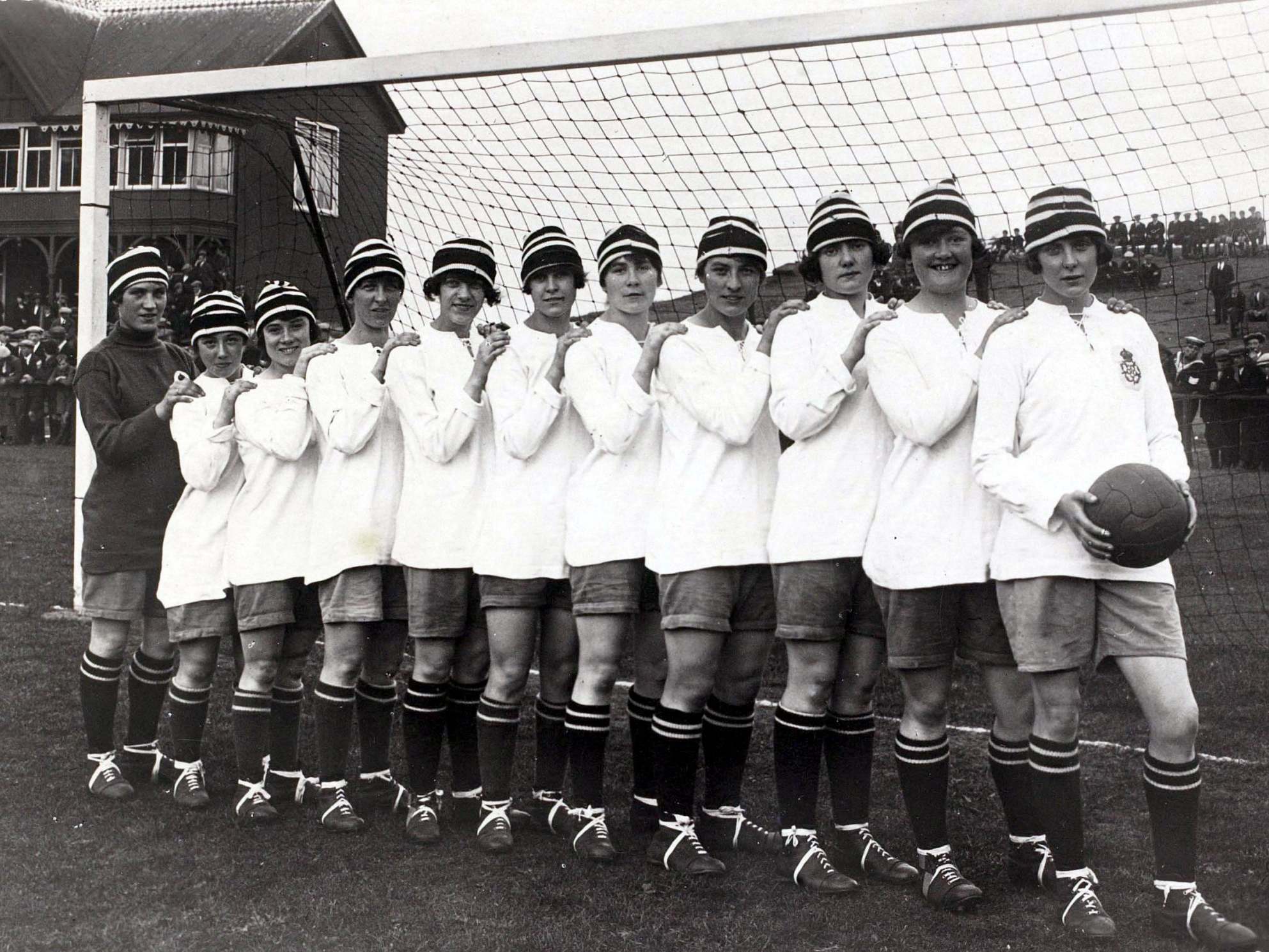
We are all familiar now with names such as Lucy Bronze, Megan Rapinoe and Sam Kerr, thanks to the televising of the Women’s World Cup this summer. The women’s game has enjoyed unprecedented attention and support; and the new domestic season kick off on 7 September. But women’s football has a much longer history than that – comparable to the men’s game – and has endured some tough times… including a complete ban on women playing at all.
According to the Football Association, there were women’s teams playing in the late 19th century, and one game in London’s Crouch End attracted 10,000 spectators. Teams from Scotland and England played exhibition matches on tour in the 1880s, with one game at Liverpool advertised in the local press as “the return visit of the international lady football players”, two games, at 5pm and 7.30pm, on the Cattle Market Inn Athletic Grounds, admission one shilling.
In fact, the women’s game proved so popular into the early 20th century that the FA could do only one thing; in 1921 it banned member clubs from allowing women’s football to take place at all. And that ban lasted almost half a century, until the game as we know it now came into being with the formation of the Women’s Football Association in 1969.
Women’s football abounds with remarkable stories, but perhaps none so much as that of the Dick, Kerr Ladies – named after the factory in Preston, Lancashire, where most of the players worked – and an almost forgotten piece of sporting and social history, and the woman who made it her mission to bring it to light.
Gail Newsham grew up in Preston and had heard tell of this almost mythical women’s team. She recalls: “I thought it was strange that there was a ladies’ team because when I was growing up, girls weren’t allowed to play football.
“I grew up knowing there’d been a team in Preston, but I’d never seen any of the players. The Dick, Kerr factory was well known in the town, and people had heard of the team, but only that they were a good side. Nobody really knew anything about them.”
When Gail played football with other children on the park – usually the only girl who was playing – she would often hear passers-by remark, “She’s good, she should be playing for Dick, Kerr Ladies!”
“I didn’t understand why girls couldn’t play,” says Gail. “It was the only thing I wanted to do, so I suppose they were a subconscious inspiration even though I didn’t know anything about who they were.”
The Dick, Kerr Ladies story begins in the depths of the First World War. Preston was one of the towns that succumbed to what was considered by the government a rather bright idea – put recruits to the armed forces in the same regiments, so that their camaraderie and existing friendships would forge even stronger bonds. They were called the Pals regiments, and what was on the face of it a good idea often turned to tragedy as – in, for example the case of the Bradford Pals, which was all but wiped out on the first day of the Battle of the Somme – whole swathes of the young, male populations of these northern towns were cut down at a stroke.
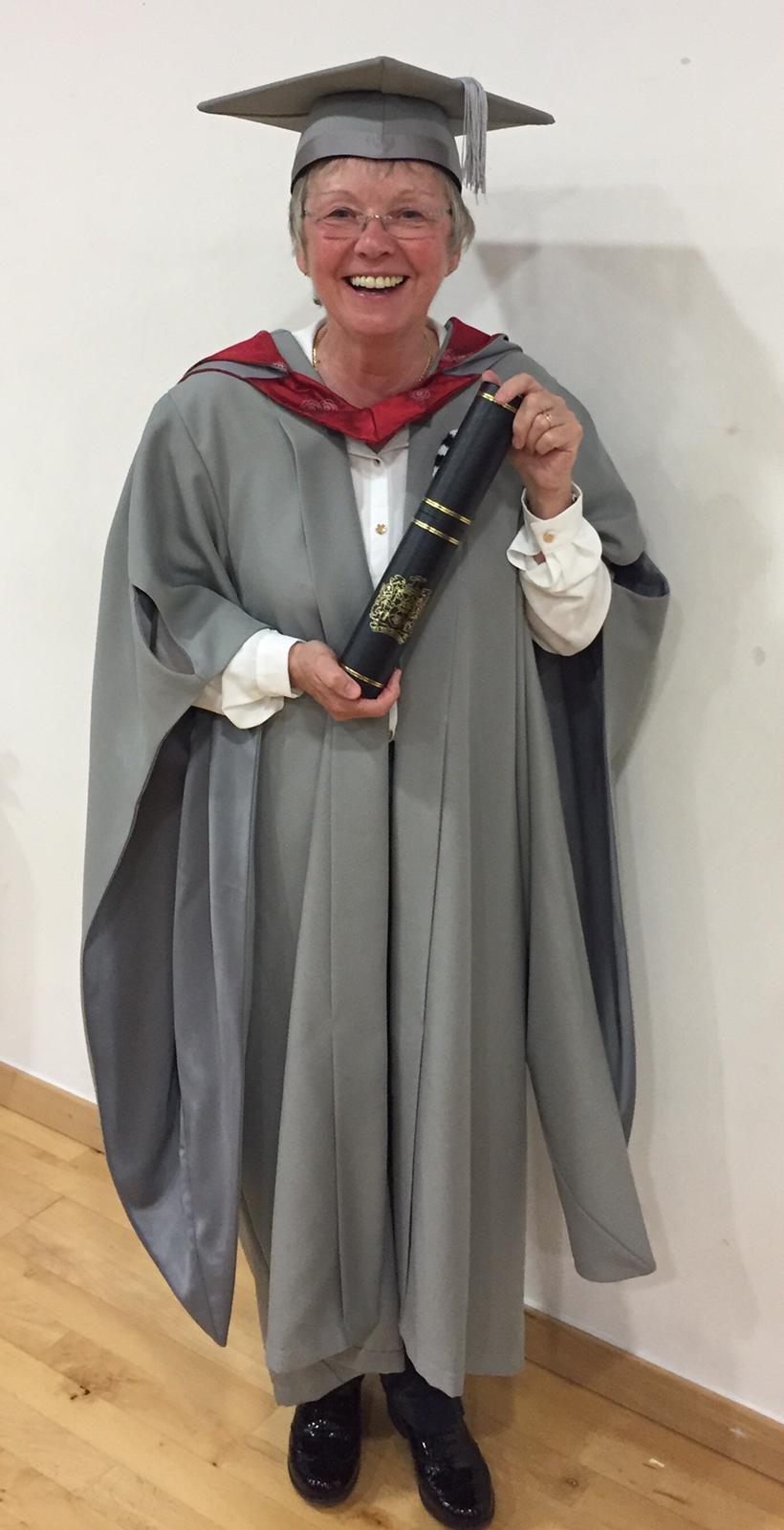
While the men went off to war, women were drafted in to keep the wheels of industry turning at home, and Preston’s Dick, Kerr factory, producing munitions for the war effort, was almost totally staffed by women.
The factory owners encouraged team sports to keep up morale, and most factories around the country had a women’s football team. Preston was also home to a military hospital treating the wounded brought back from the fields of Europe, and it was decided that the Dick, Kerr Ladies would stage a day of football to raise funds for the wounded.
On Christmas Day 1917 the home of the town’s football team Preston North End was opened up for the Dick, Kerr Ladies. Deepdale attracted a crowd of 10,000 for the exhibition matches, and the day raised £600 for the wounded soldiers – the equivalent of more than £50,000 today.
“I thought it was strange that there was a ladies’ team because when I was growing up, girls weren’t allowed to play football. I grew up knowing there’d been a team in Preston, but I’d never seen any of the players
The fame of the Dick, Kerr Ladies started to spread even further, and they would become one of the leading forces in women’s football for the next 50 years.
When she was quite a bit older than the little girl who had played football with the boys on the park and puzzled over who the Dick, Kerr Ladies were, Gail Newsham made it her mission to find out more. She had no idea then that she was diving down a rabbit hole of almost forgotten history which would result in a book and the first reunion of the Dick, Kerr Ladies in almost three decades.
Gail says: “Looking back, I don’t know how I did it, except for a feeling that I was being guided. There was no internet back then, or sat navs, I literally started with a blank sheet of paper.
“I met lots of players from before the Second World War, and some from before the ban in 1921 and I recorded all my interviews with them. I was lucky being the first person to come along and show some interest in the team and I was given lots of memorabilia to help in putting the whole story together. I am sure it couldn’t be done now.”
Gail eventually got a book out of the Dick, Kerr Ladies story, entitled In a League of Their Own. It was initially published in 1992, and revised in 2017 to mark the centenary of the big fundraising match at Deepdale.
“I never stop learning and I realise I made some misinterpretations in the past,” says Gail “It’s only now, with a greater knowledge, that I can see this and have had the opportunity to revisit some archives and correct things in the latest edition of my book. And it proves a point that others haven’t done their own research, so please don’t believe everything you might read in Wikipedia.”
Gail is protective of her research on the Dick, Kerr Ladies – understandable, as she put so much work into it – and dislikes people getting things wrong. Her book is an amazing read, the research and love for her subject shining from every page.
With Gail’s permission, here’s an extract from her research (which she’s put online at dickkerrladies.com) that puts the career of the team into perspective:
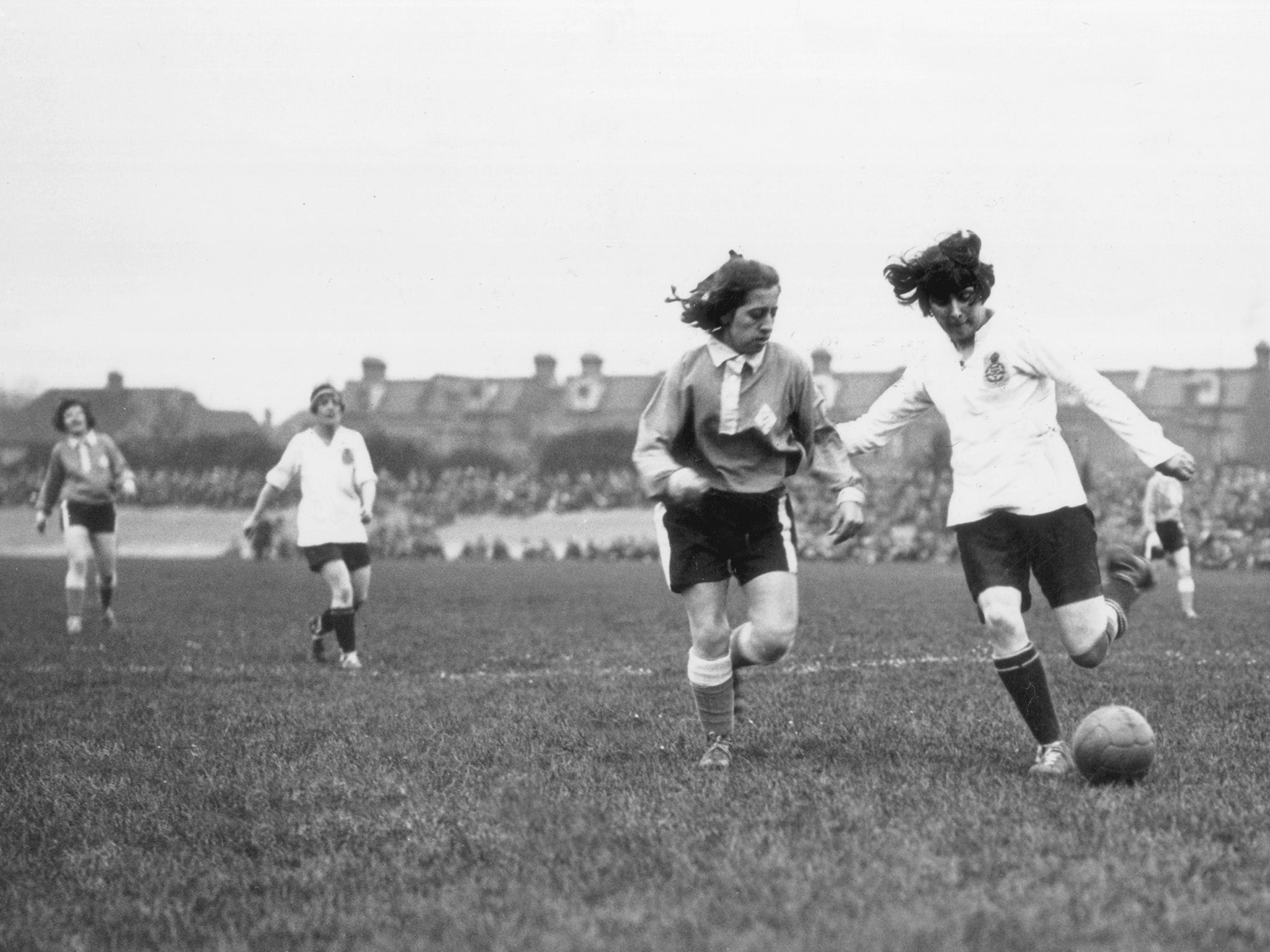
“By 1921 the team’s popularity was at its height, they were the team that everyone wanted to see and they had been booked to play an average of two games a week all over the British Isles. They played over 60 games of football that year while still working full time at the factory, and were watched by almost 900,000 people throughout the country.
“But storm clouds were gathering and by the end of the year, women’s football would be seen in a very different light. The FA claimed to have received complaints about women playing football and there were those within our national game who felt increasingly threatened by the large number of spectators they were attracting.
Some were also suggesting that football was a dangerous game for females and that it could seriously affect their fertility. With all this pressure bubbling under the surface, on 5 December 1921 the FA dealt a lethal blow and banned the girls from using league grounds
“Some were also suggesting that football was a dangerous game for females and that it could seriously affect their fertility. With all this pressure bubbling under the surface, on 5 December 1921 the FA dealt a lethal blow and banned the girls from using league grounds, effectively changing the course of women’s football forever.”
The minutes from that FA meeting, dug out by Gail for her book, make illuminating reading:
“Complaints having been made as to football being played by women, the Council feels impelled to express their strong opinion that the game of football is quite unsuitable for females and ought not to be encouraged.
“Complaints have also been made as to the conditions under which some of these matches have been arranged and played, and the appropriation of receipts to other than charitable objects.
“The Council is further of the opinion that an excessive proportion of the receipts are absorbed in expenses and an inadequate percentage devoted to charitable objects.
“For these reasons the Council requests clubs belonging to the association to refuse the use of their grounds for such matches.”
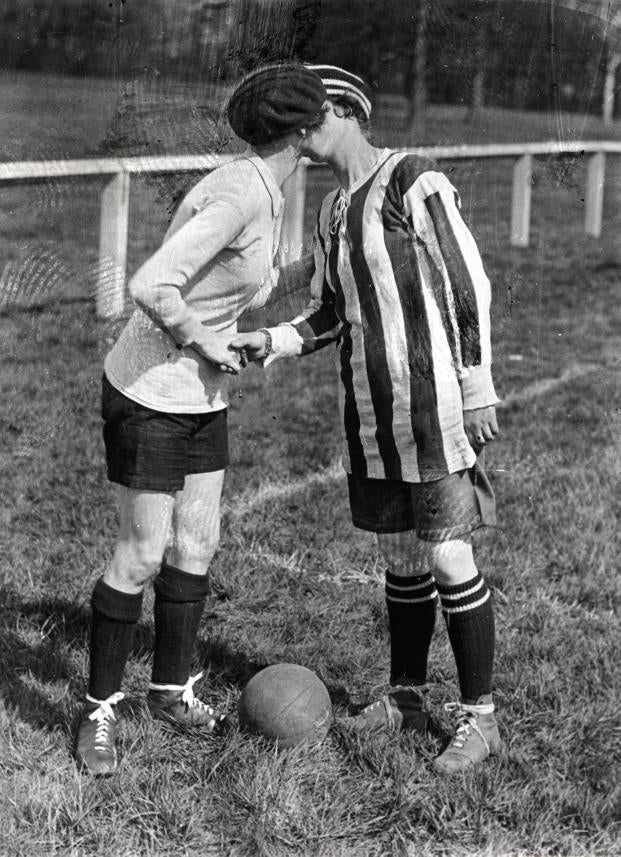
Gail goes on: “But in spite of the prejudice of the Football Association, the Dick, Kerr Ladies went on to play over 800 games of football in this country and abroad and raised over £180,000 for charity, but that figure today would be worth in excess of £10m.”
Although Gail’s book is an astonishing record of something that was so popular and yet almost airbrushed from history, perhaps her crowning achievement was organising a reunion for the Dick, Kerr Ladies in 1992. This was one of the years when her hometown marked the Preston Guild, a huge celebration held every 20 years. Gail was organising an international women’s football tournament for the event and plunged into trying to get the surviving Dick, Kerr Ladies together again as part of it.
She recalls: “Meeting the players and seeing some of their photos made me realise this was a bigger story than anyone realised and needed saving. There was no official record of the team at that time, until I compiled it.”
From that reunion came the book, In a League of Their Own, published two years later. Gail became something of a media expert on women’s football, and has appeared in newspapers, magazines and on TV and radio across the globe. She was recently made an honorary fellow at Preston’s University of Central Lancashire for services to women’s football. And she remains in no doubt about the place the Dick, Kerr Ladies hold in sporting history.
“Dick, Kerr Ladies are perhaps the most important team in the history of women’s football,” she says. “Unlike many who folded after the ban in 1921, they continued playing until 1965. They have now been given awards by the FA, and recognised by the Royal British Legion for their contributions to fundraising for the Armed Services during and after the First World War.”
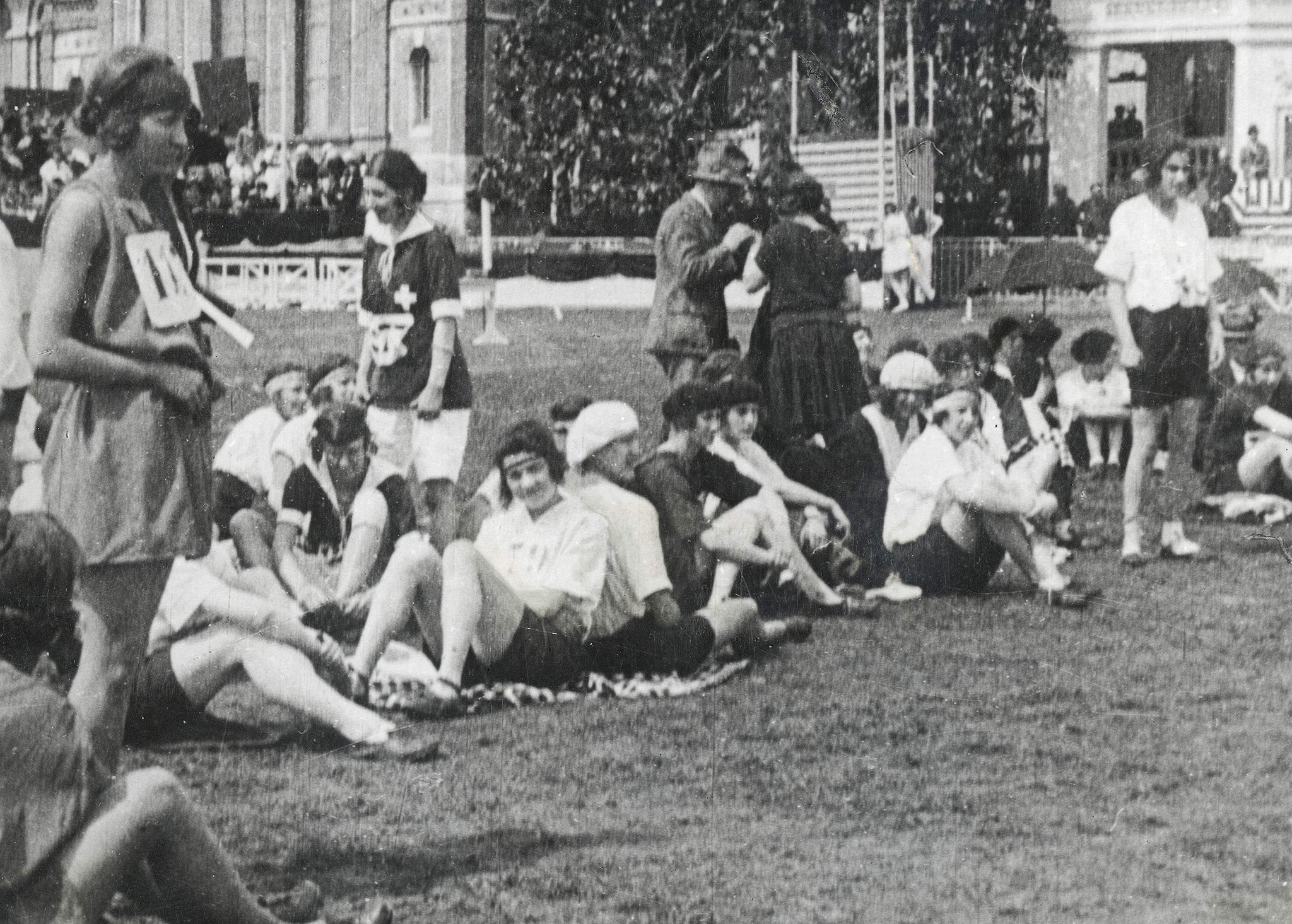
More from Gail’s research here: “They played on until 1965 but were sadly forced to disband due to a lack of players. In 1966 England won the World Cup and football mania swept the country and there was no shortage of girls wanting to take up the game. But it was just too late for the Dick, Kerr Ladies. The Women’s Football Association was formed in 1969 and the FA eventually recognised women’s football in 1971, 50 years after they had banned it. The WFA was granted County status and administered all its own affairs until 1993 when it was disbanded as the FA took over the future development of the women’s game.”
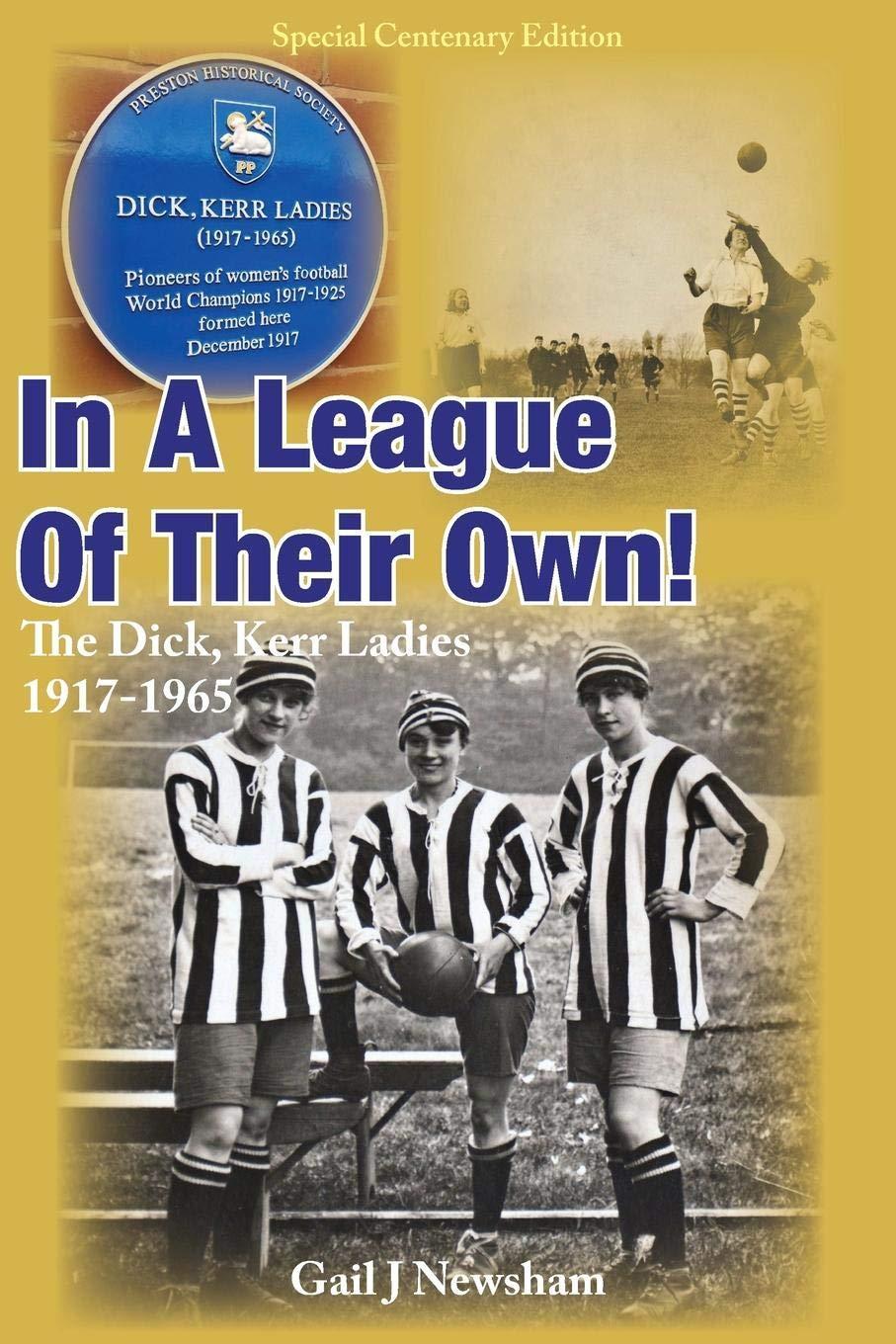
Gail is organising a gala dinner for 2020 to mark 100 years since one of their most triumphant matches when they clocked up the biggest ever crowd for a women’s football match. Gail says, “On Boxing Day 1920, 53,000 spectators packed into Goodison Park, Everton to see Dick, Kerr Ladies take on St Helens Ladies. There was actually a potential crowd of a possible 67,000 as there were between 10,000-14,000 locked out unable to gain admission.
“In 1921 the Dick, Kerr Ladies regularly attracted crowds in excess of 20-30,000 spectators. It isn’t difficult to see why men felt threatened by the success of the women’s game.
“Consequently we have a nation that has for generations, been brought up with the belief that football is a man’s game, but only because men wanted it that way in order to keep it for themselves. History does prove it to be otherwise but the glittering legacy of women’s football had been conveniently buried and largely forgotten. For many years British women have had to be content to play football on Sunday and always have their status in question. If only women’s football had been allowed to prosper and grow at the same pace as their male counterparts.”
Perhaps the success of the Women’s World Cup will go some way to redressing the balance. Gail adds, “I was delighted with the coverage and hope coverage will continue on a regular basis. Women don’t just play football once every four years at a major tournament, they play every week. I would like to see more media exposure for domestic league games, not just the elite.”
For more research about Gail’s research, and for links to buy her book, In A League of Their Own, go to www.dickkerrladies.com
Join our commenting forum
Join thought-provoking conversations, follow other Independent readers and see their replies
Comments